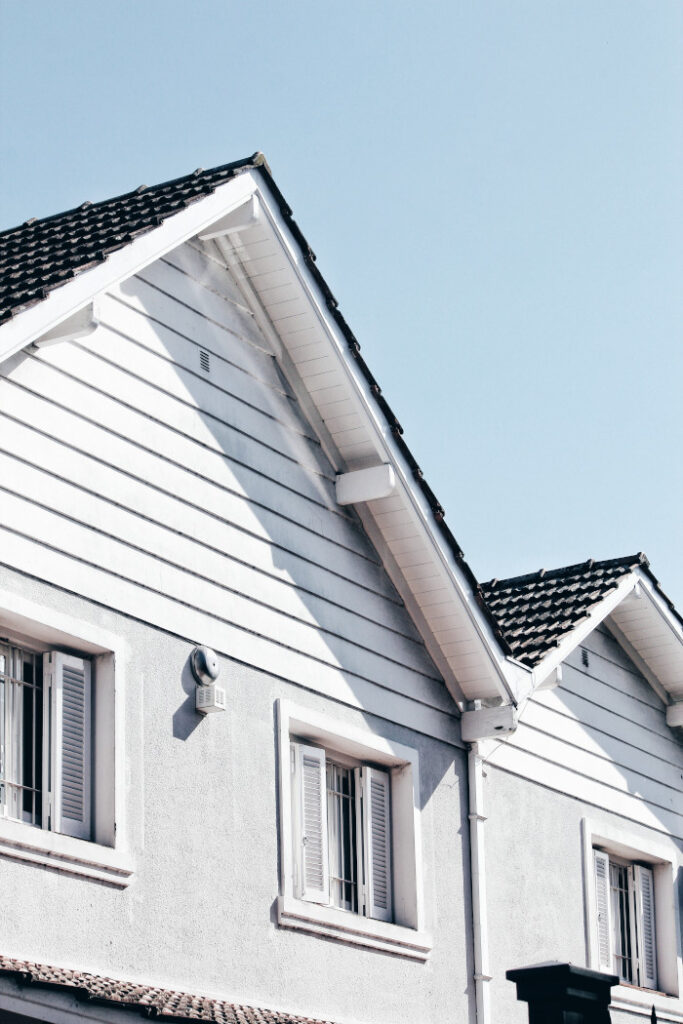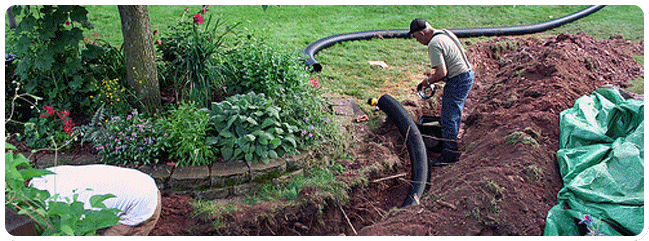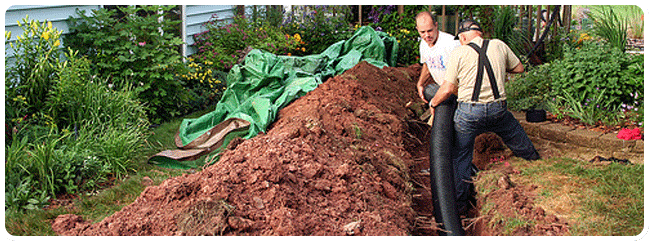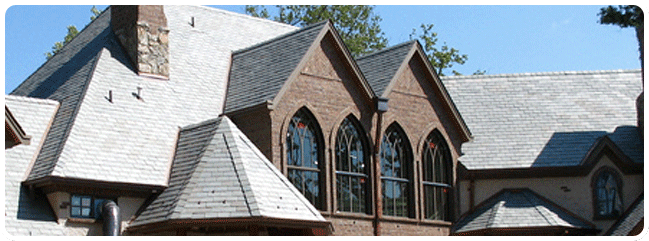Most homeowners are familiar with standard roof components like shingles and gutters, but few have heard of fascia, an essential part of any quality roofing system that is often overlooked. Many people may not know what fascia is, but understanding its purpose and keeping it in good condition can make a huge difference in protecting your home from weather elements and other damage. In this blog post, we will discuss everything you need to know about your roof’s fascia so that you can keep your property in top-notch condition all year round.

What is fascia?
Roofers, gutter installers, and other professional contractors may mention fascia when discussing a roofing repair project, roof upgrades, or gutter installations. Fascia is a structural component of the roof that is designed to both protect the interior roof cavity from moisture and support the weight of the gutter and downspout system.
These boards work with the soffit to prevent moisture from seeping into the roof cavity. While the soffit protect the underside of the roof, forming a protective ceiling, the fascia board runs horizontally across the face of the roof rafters and trusses, covering the interior roof cavity. Fascia boards can be made with a variety of materials, including wood, PVC, composite, vinyl, and aluminum-wrapped boards. Wood is the most common option, though it is also the most susceptible to mold growth and rot. Source: TheSpruce
What are its types?
The two basic types of roofing fascia are gable and eave. They don’t have to be made of boards of the same width, but they often are. The fascia that extend under the eaves are usually unadorned, especially if they form the backing for gutters, but gable fascia that extend from the eaves to the peak of the roof may be more ornate. On older Victorian-style houses, those with tile roofs or other design adornments, gable fascia may have curved ends at the eaves or a special design at the peak. Source: eHow
What are the materials often used?
– Standard wood: Spruce, fir, and pine are the most common woods to use as fascia boards, and they have a reasonable price. However, they need constant painting to protect them from weather. Consequently, many people place fascia trim, which consists of thin aluminum or vinyl, over standard wood to protect it and to greatly reduce maintenance requirements.
– Pressure treated wood: Occasionally, people will use pressure treated wood for fascia because of its ability to resist water damage, but this drives up the cost of the job significantly.
– Polyvinyl chloride (PVC): PVC is a type of plastic that’s completely resistant to weather, and it works as fascia. It’s available in numerous colors, but it can expand and contract noticeably in temperature variations.
– Aluminum: Aluminum is an excellent choice as fascia, as it’s highly durable and lasts a long time in any weather. You will pay far more for aluminum fascia than for other materials, though.
– Vinyl: Vinyl fascia is similar to aluminum in terms of longevity and weather resistance. It’s also pricey, although typically costing less than aluminum.
– Fiber cement: Fiber cement uses a bonding material with wood chips and sawdust to create a composite material. Fiber cement is highly resistant to rot and weather, lasting far longer than standard wood. You can order it in a few different colors, but you cannot paint it later.
Often, contractors will match the fascia board with the materials used for the soffit, providing a unified look. Source: Angi
If you have any further questions regarding the fascia of your roof, or if you need a professional opinion on its condition, don’t hesitate to give us a call!
Contact:
Kerrisdale Roofing & Drains
168 W 71st Ave, Vancouver, BC V5X 4S7
(604) 360-2114



















